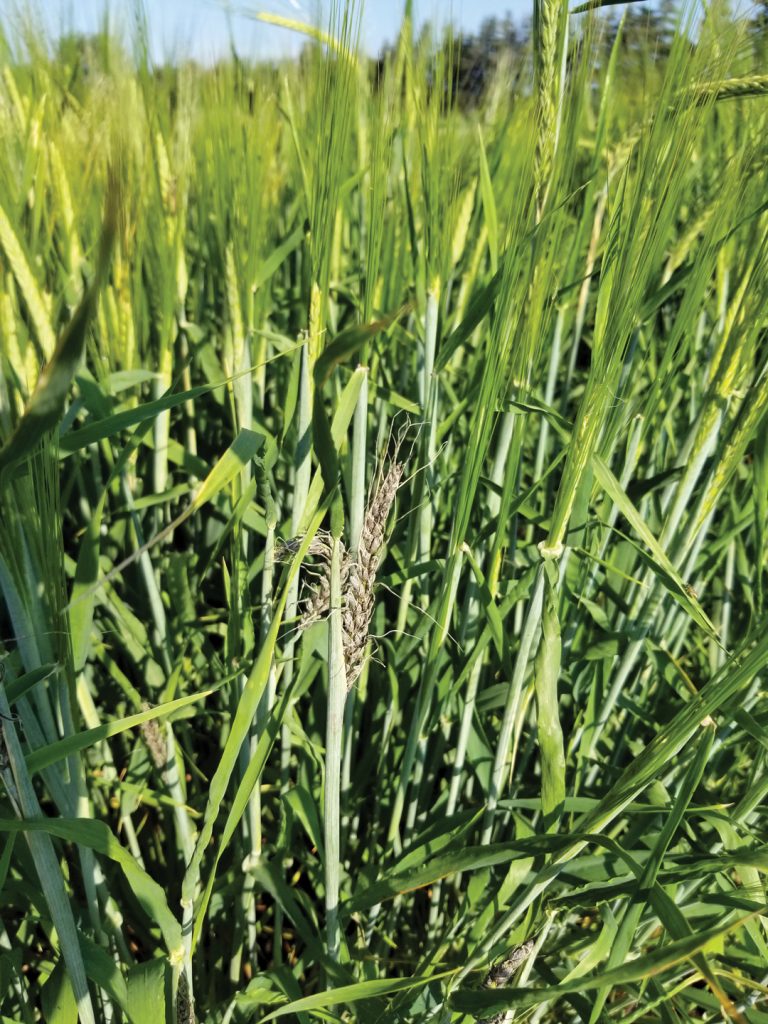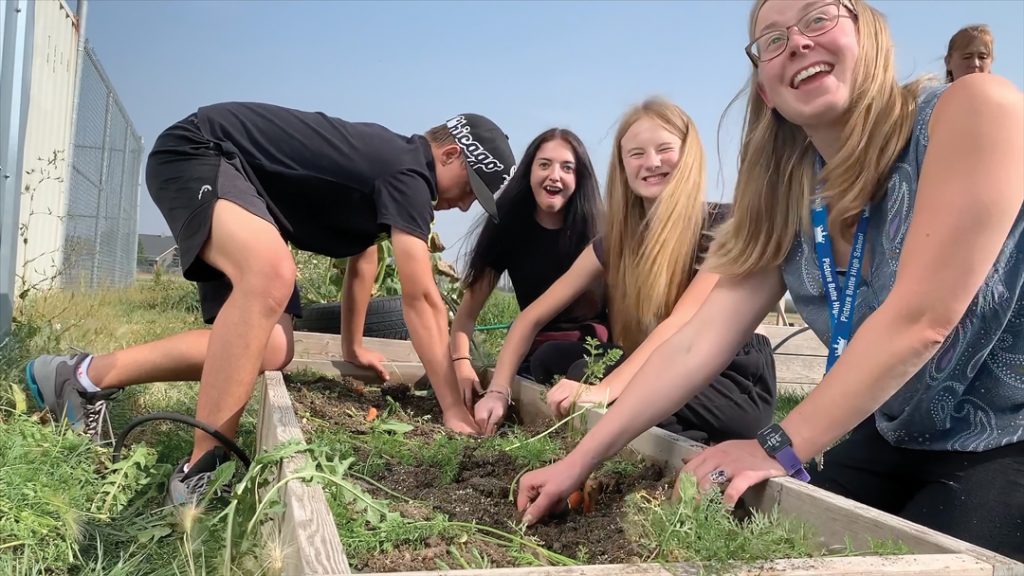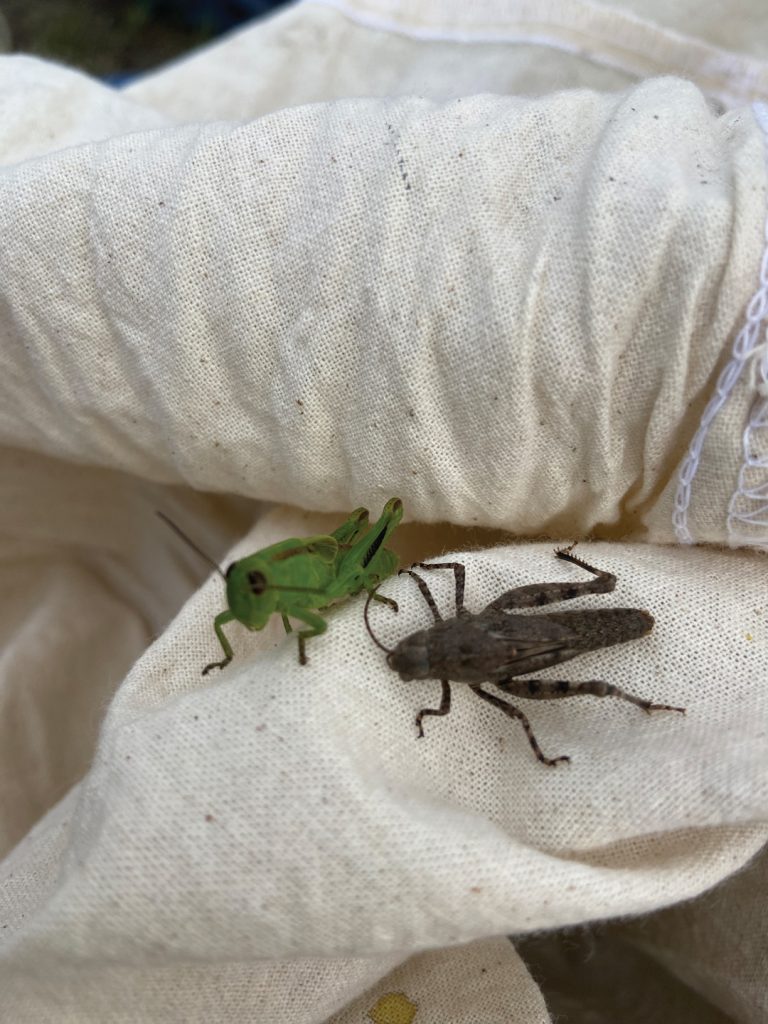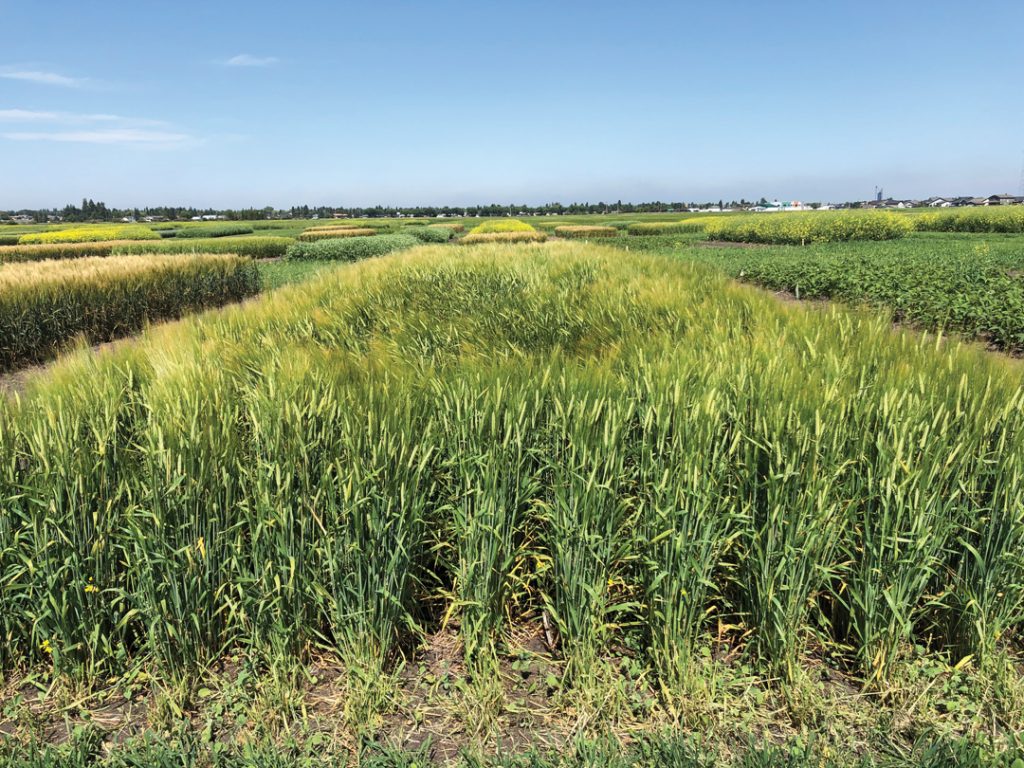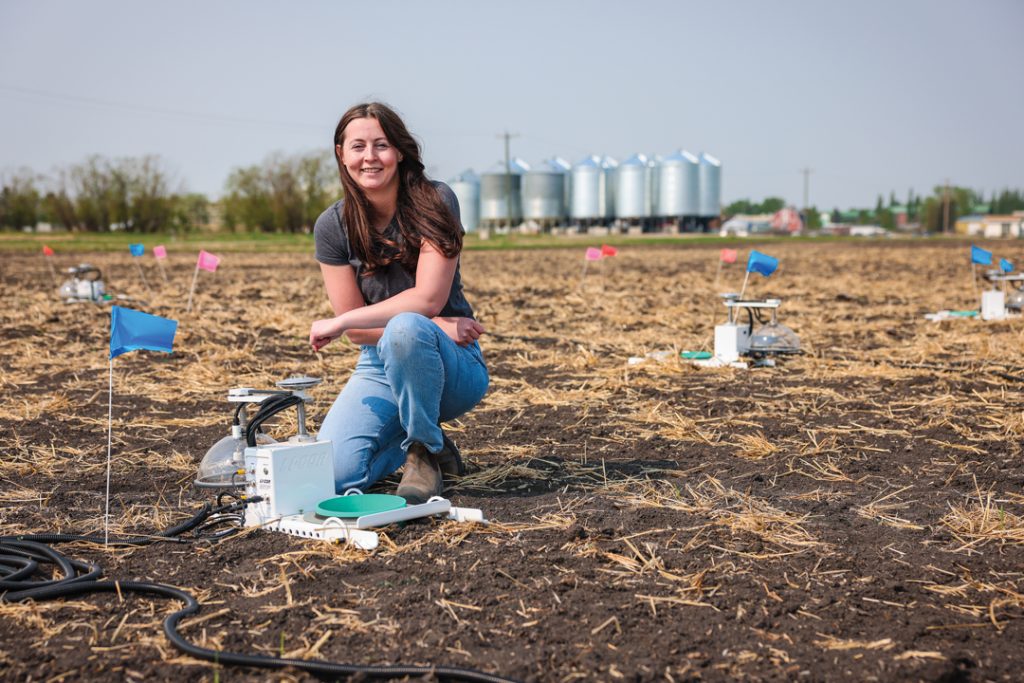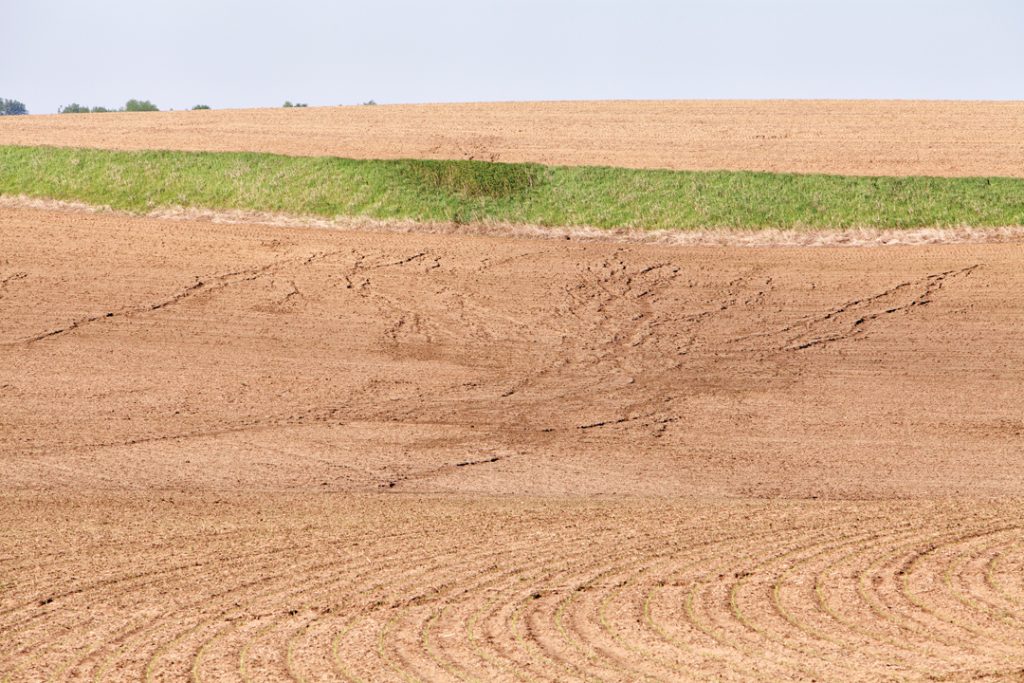ENDANGERED SPECIES
Prairie farmers continue to deal effectively with grain diseases of all kinds. This is due to an efficient new variety pipeline, access to certified seed and a host of crop protection products and cultural practices. Reassuring as this is, farmers must remain vigilant in the fight against crop diseases such as Fusarium head blight, rust, bunt and smut. Likewise, researchers work to produce resistant varieties and create tools so farmers can curb incidence rates.




